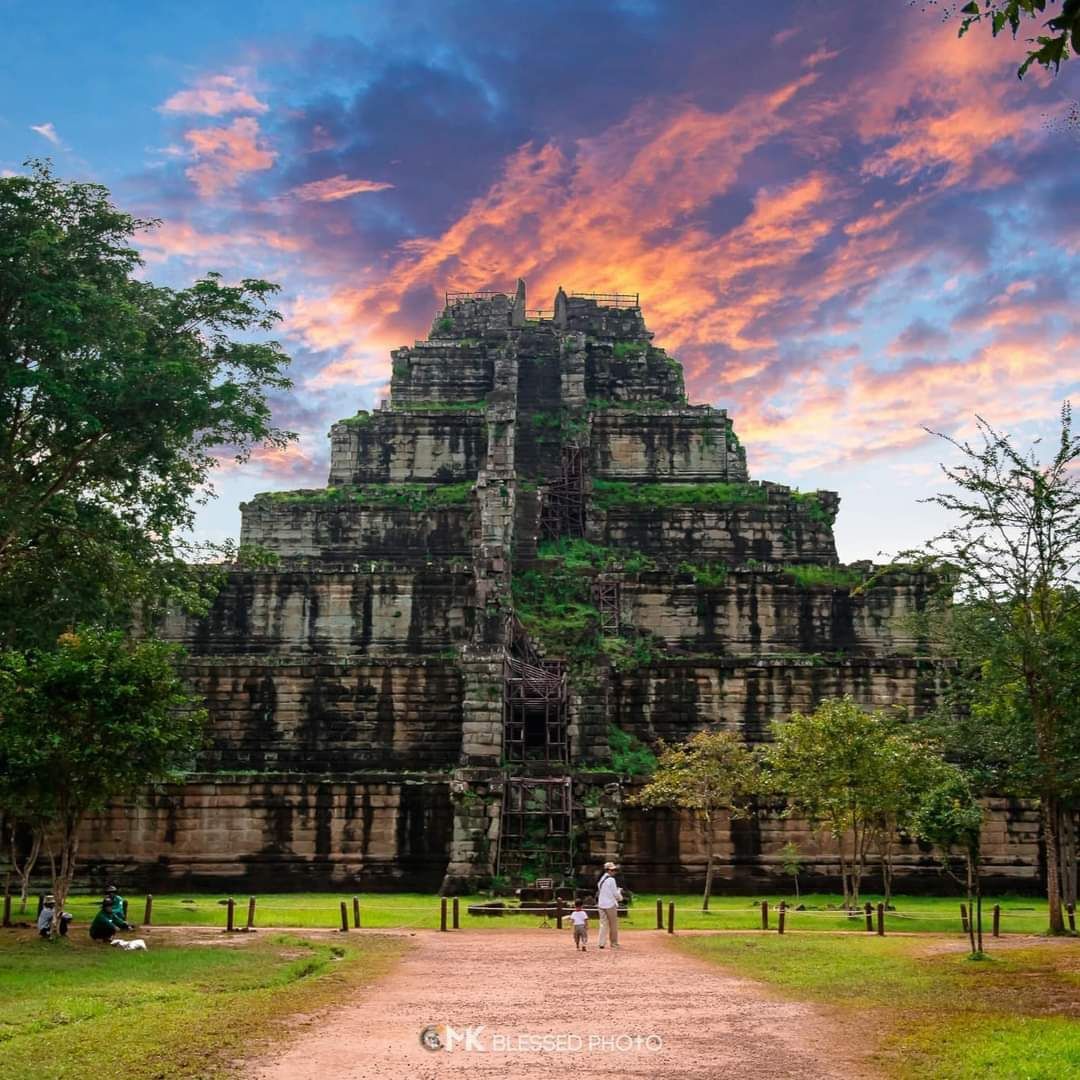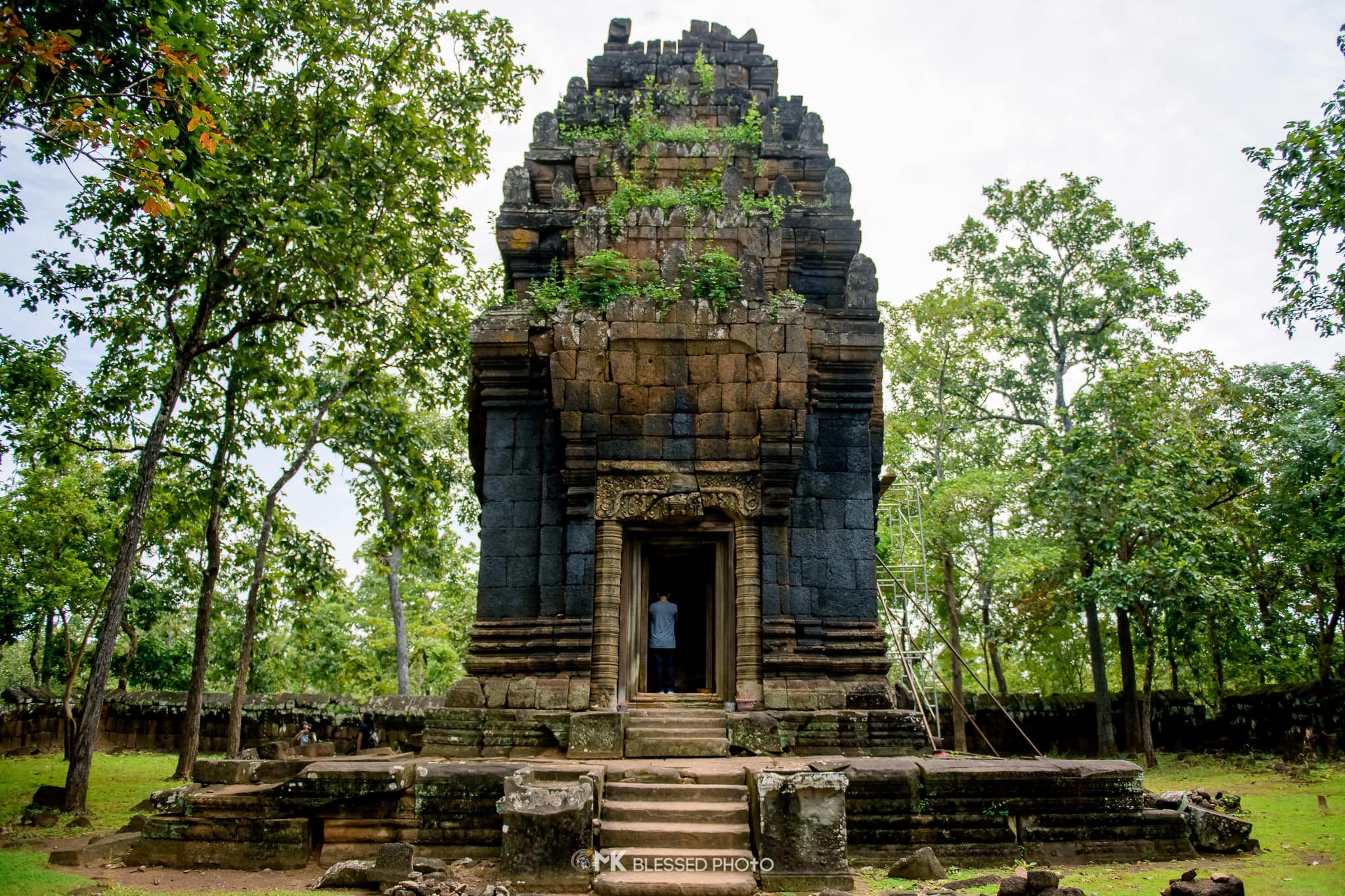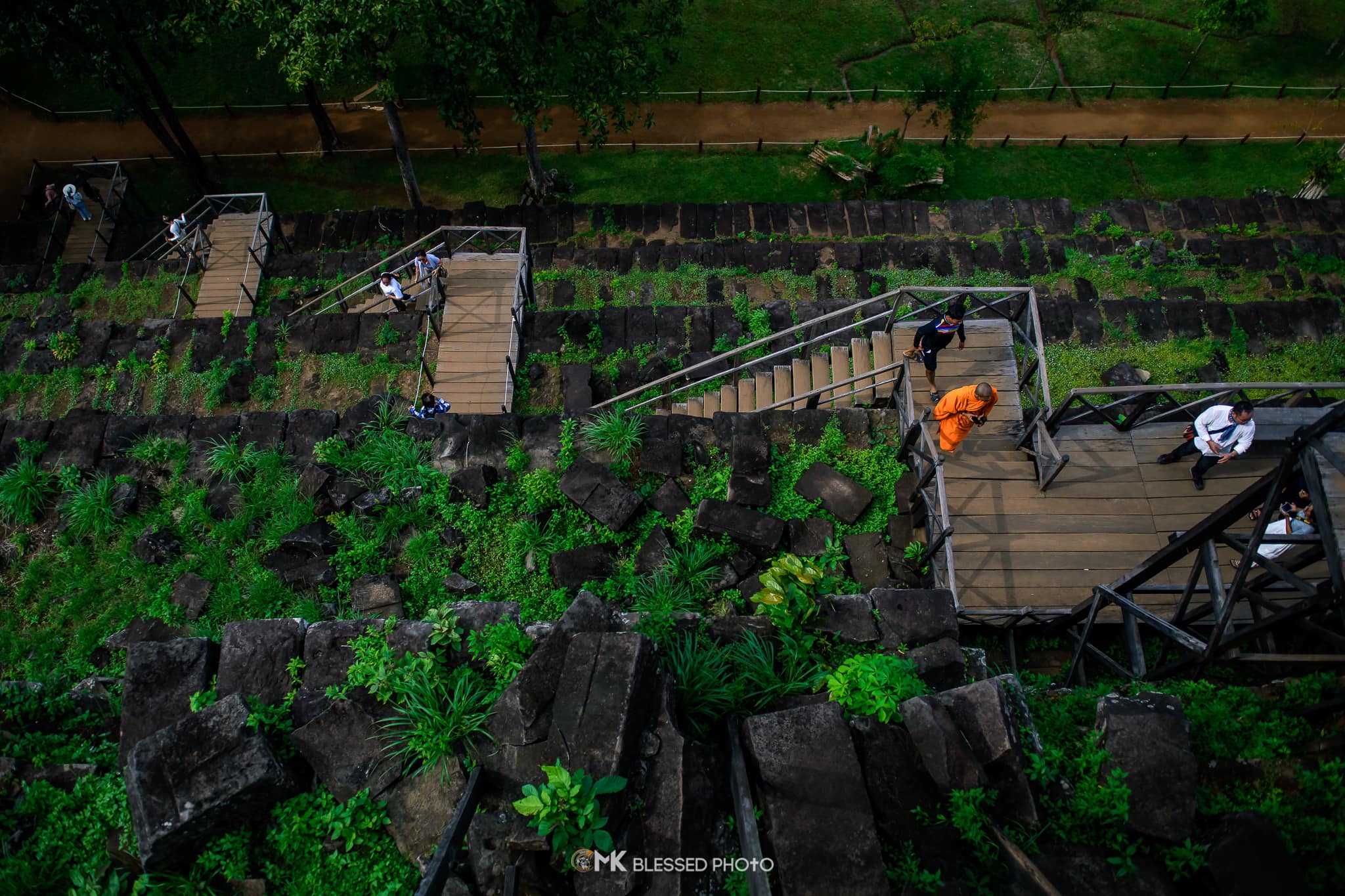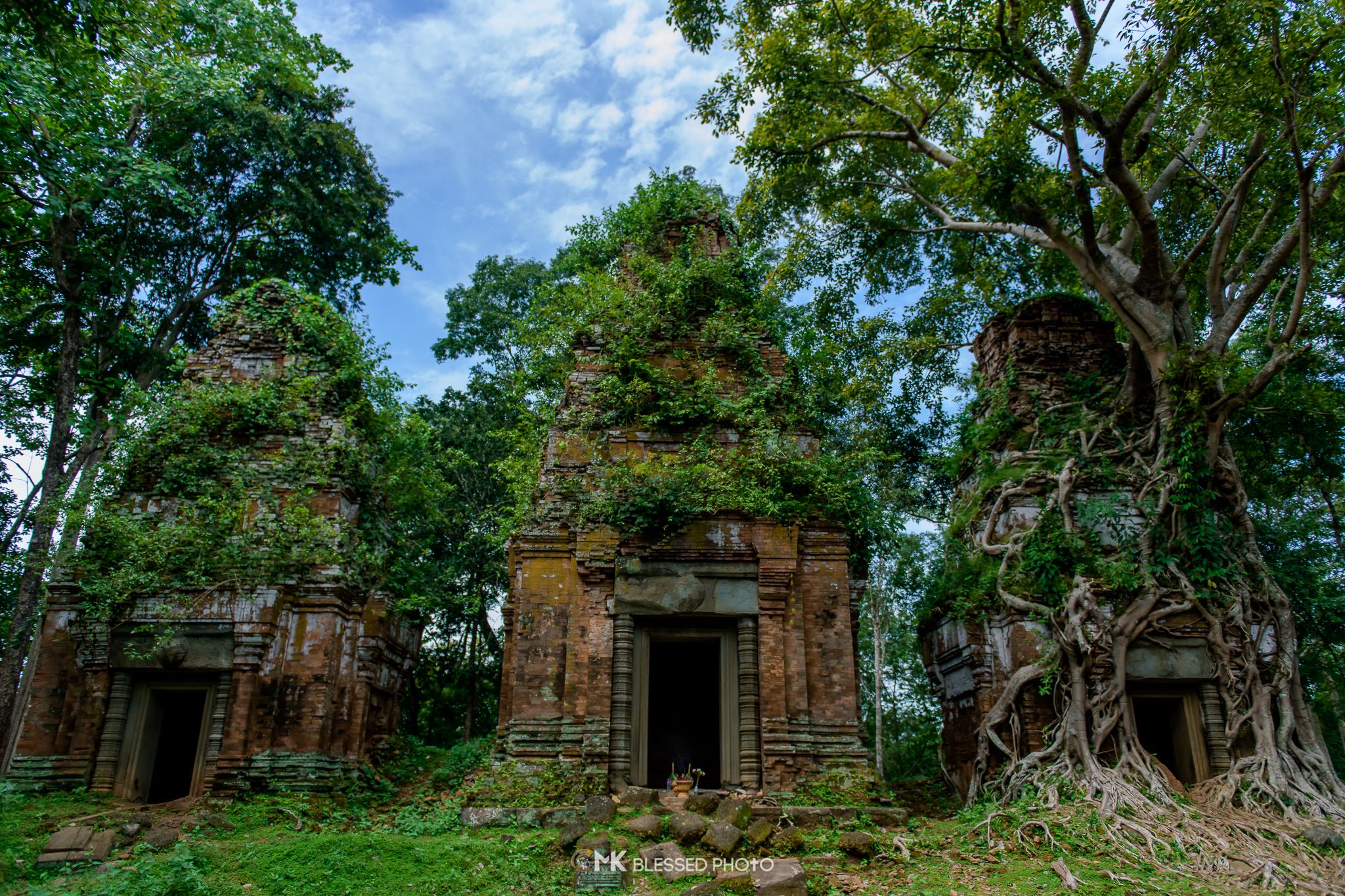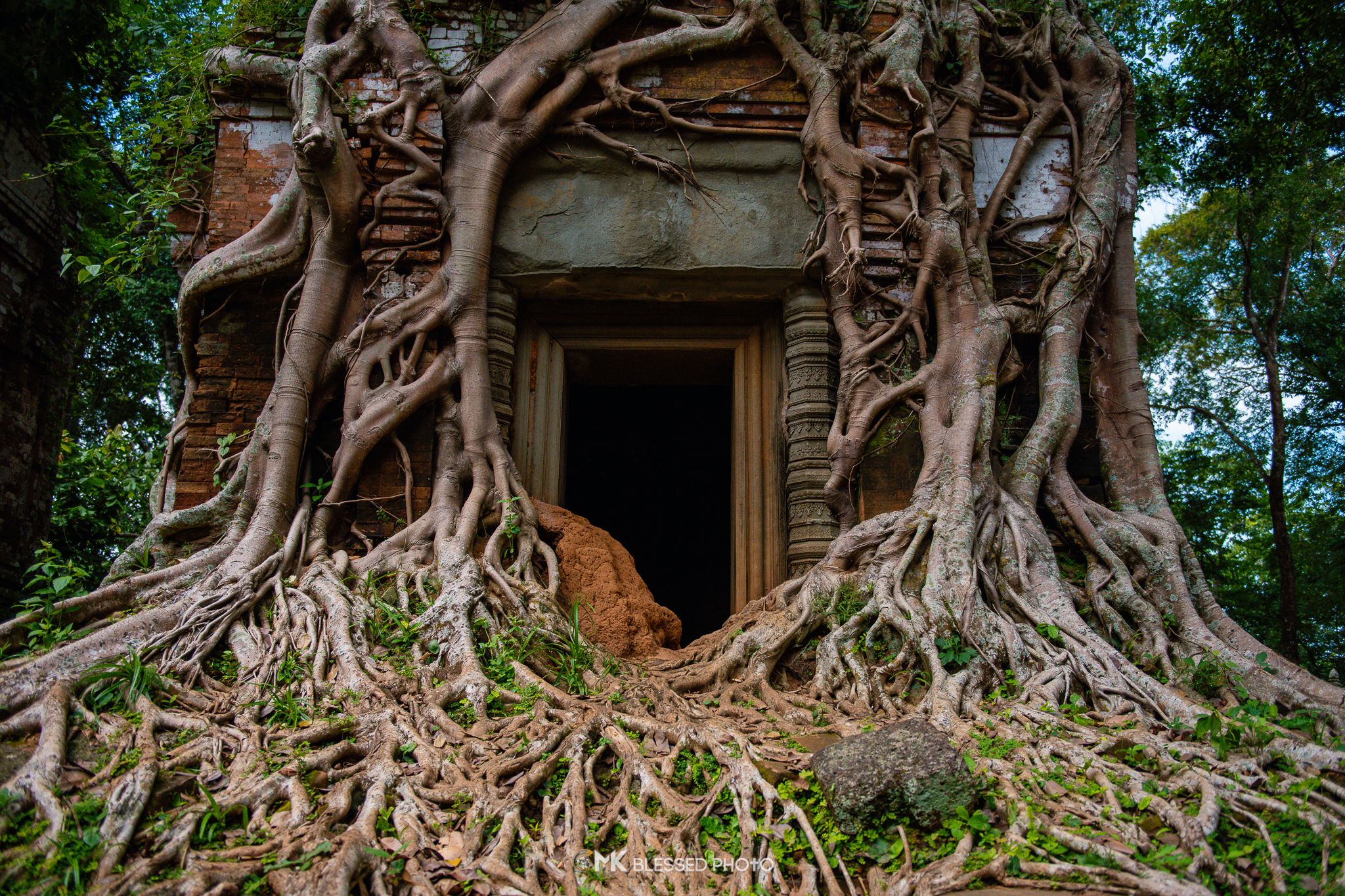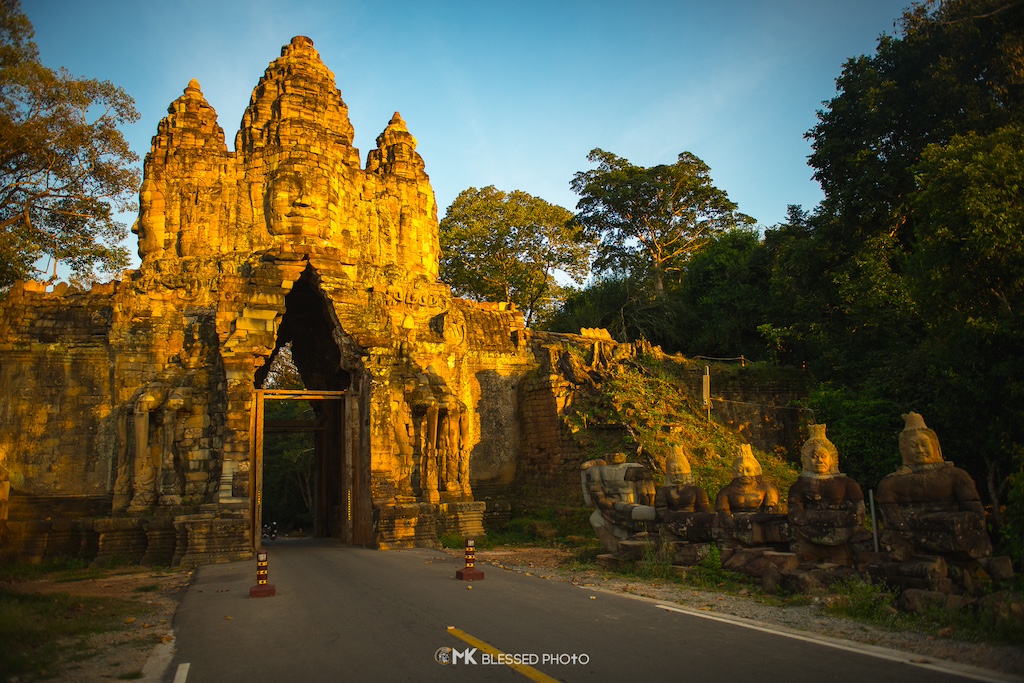(Photos by: MK Blessed Photo)
Koh Ker: The Ancient Pyramid Temple Lost in Time
Koh Ker, a remote archaeological site in northern Cambodia, is a hidden gem waiting to be explored. Located approximately 120 kilometers northeast of Siem Reap, this ancient city was briefly the capital of the Khmer Empire under King Jayavarman IV in the 10th century. Today, Koh Ker offers a unique and tranquil escape into the heart of Cambodia's deep-rooted history.
The site is best known for its striking pyramid temple, Prasat Thom, a seven-tiered structure that stands as a testament to the architectural ambition of the Khmer Empire. The pyramid, reaching a height of about 36 meters, offers an unparalleled view of the surrounding forest and temple complex from its summit.
Koh Ker's landscape is dotted with over 40 smaller temples and structures, each revealing a different aspect of ancient Khmer art and architecture. These include Prasat Krahom, known for its red bricks and intricate carvings, and Prasat Pram, with its photogenic trees growing among the ruins.
The beauty of Koh Ker lies in its relative isolation and the serene atmosphere it provides. Unlike the more popular Angkor temples, Koh Ker's remoteness means fewer tourists and a more authentic exploration experience. The area is surrounded by lush jungle, adding to the sense of discovery as visitors traverse between the ancient ruins.
The historical significance of Koh Ker is immense, as it represents a period of both innovation and change in the Khmer Empire. The site's architectural styles provide insights into the evolution of Khmer temple construction, making it a must-visit destination for history enthusiasts and adventure seekers alike.
Major Sight Spots in Koh Ker
- Prasat Thom Pyramid: The main attraction with panoramic views.
- Prasat Krahom: Noted for its red sandstone carvings.
- Prasat Pram: Picturesque with trees growing among the ruins.
- Lingapura City Area: The ancient city center with several ruins.
- Baray (Reservoir): A testament to the advanced water management of the Khmers.


